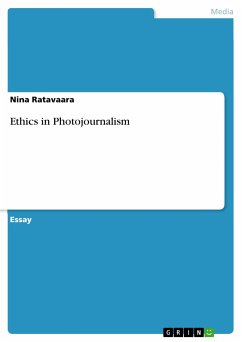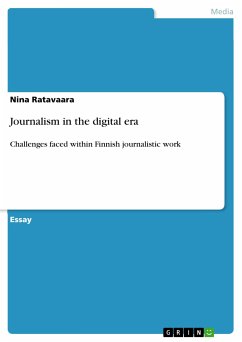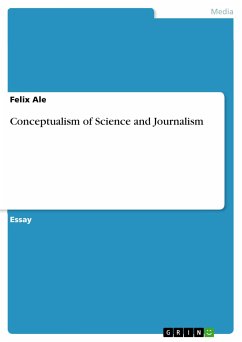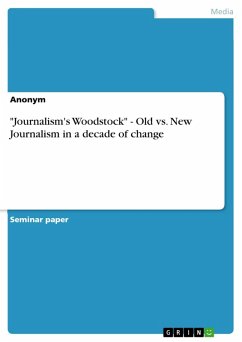Essay from the year 2010 in the subject Communications - Journalism, Journalism Professions, grade: 2, University of Hamburg, language: English, abstract: 1. Introduction A lot of essays have been written, when it comes to the approach of codes of ethics in journalism. In globalizing times, where the Internet serves as an increasing news source, it is of importance to rethink the existing codes of ethics and to frame them in a broader, transnational context. If this, sooner or later, leads us to a Global or European code of ethics, has also been one of the main topics in the media communication research field, as Tiina Laitila for example defines common journalistic codes of ethics within the European countries.1 But whereas common ethical rules and guidelines regarding journalism in general seem more clear and discussed in several studies, ethical codes in terms of photojournalism are still not defined in a normative way. Especially in times of the digital age and its mistrust it brings concerning digital photography, there is an increasing need of clear ethical guidelines for photojournalism. To demonstrate the importance of codes of ethics in photojournalism, the impact visual images possess, will be discussed and reconsidered in the beginning. On the basis of these ideas, this essay will examine whether or not ethical codings exist in the field of photojournalism with a special emphasize on Germany. It will be analyzed, if a German code of ethics can be defined, or if a broader, transnational code of ethics can be assigned regarding photojournalism. As a concluding part, the conduct of photographic codes of ethics will be discussed with the help of single conflict images. If a photojournalist respects the rules of codes of ethics or not, doesn't make his or her work often easier. Especially when it comes to war or conflict reporting, journalists often have the dilemma about how to behave as a photographer in critical situations. Images, as for example the worldwide discussed picture of the starving child in Sudan taken by Kevin Carter in 1993(2), made us aware of the ambivalent decisions journalists often need to make. In comparison to print, news photography is morally challenging and often difficult to judge, considering the obvious participation of the photojournalist. The taken picture in its visual expression clearly interweaves the journalist in a more public way than it confronts print journalists. Publishing a picture with your name, shows actually that you, as a journalist, have been on location, which demands immense responsibility and commitment. [...]









